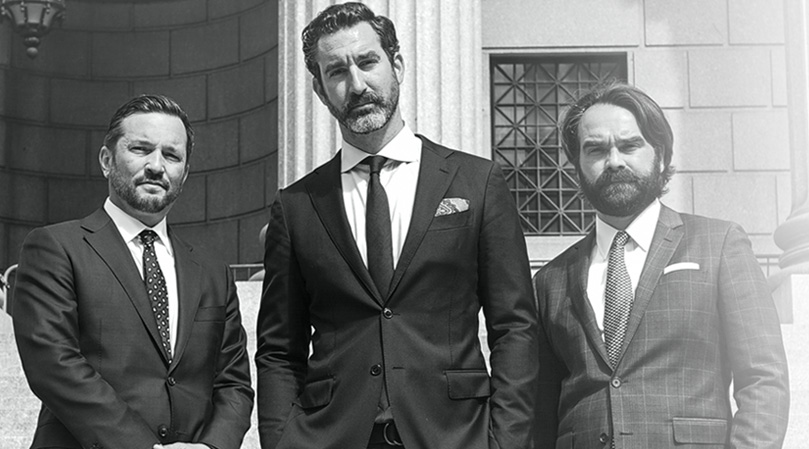Are Eyewitness Identifications Often Inaccurate?

When you are facing a New York criminal charge, certain types of evidence against you may carry more weight than others. For instance, many judges and juries place considerable stock in eyewitness accounts, considering them to be highly convincing. Yet, history has proven that eyewitness accounts are often inaccurate. Research also shows that mistaken eyewitness identifications play a big role in placing the wrong people behind bars.
According to the Innocence Project, mistaken eyewitness identifications are now the leading factor contributing to wrongful convictions in the United States.
How often mistaken eyewitness identifications take place
History has seen more than 375 people in America have their criminal convictions overturned after DNA evidence proved that someone else was responsible for the offense. Of those 375 wrongful convictions, mistaken eyewitness identifications played a role in placing 69% of these incarcerated individuals behind bars in the first place.
How mistaken eyewitness identifications happen
There are many factors contributing to the prevalence of mistaken eyewitness identifications in the United States. Sometimes, inaccurate identifications occur because a witness relies on memories when making identifications. Memories are susceptible to distortion. Many mistaken identifications are also the result of administrative errors that occur during law enforcement lineups. For instance, the individual conducting the lineup might offer up unintentional clues about who a suspect is. The administrator may also neglect to tell the witness that a suspect may or may not be there in the lineup. Both errors have the potential to contribute to inaccurate eyewitness identifications.
Law enforcement agencies conducting lineups should document the process via video. They should also ask the witness how confident he or she is in the identification to help improve accuracy.

Request Your Free Consultation
Fields Marked With An “ * ” Are Required
"*" indicates required fields
The Woolworth Building
233 Broadway
Suite 701
New York, NY 10279

